
Sue Magnusson on her time at Lucid and carving a career in CMF
Car Design News caught up with Lucid’s head of CMF, Sue Magnusson, to discuss her career and how this field of car design has evolved
Sue Magnusson ventured into the world of design slightly later than most. Never intending to find herself working in any facet of design full stop, Magnusson began the transition in her early thirties – and in her words was something of a late bloomer compared to her eventual peers.
From night classes in interior design and architecture; a stint at Designworks/USA – now part of the BMW Design Group – and then the Design Center California, working across various Volkswagen and Audi models, she soon found her niche into the automotive space.
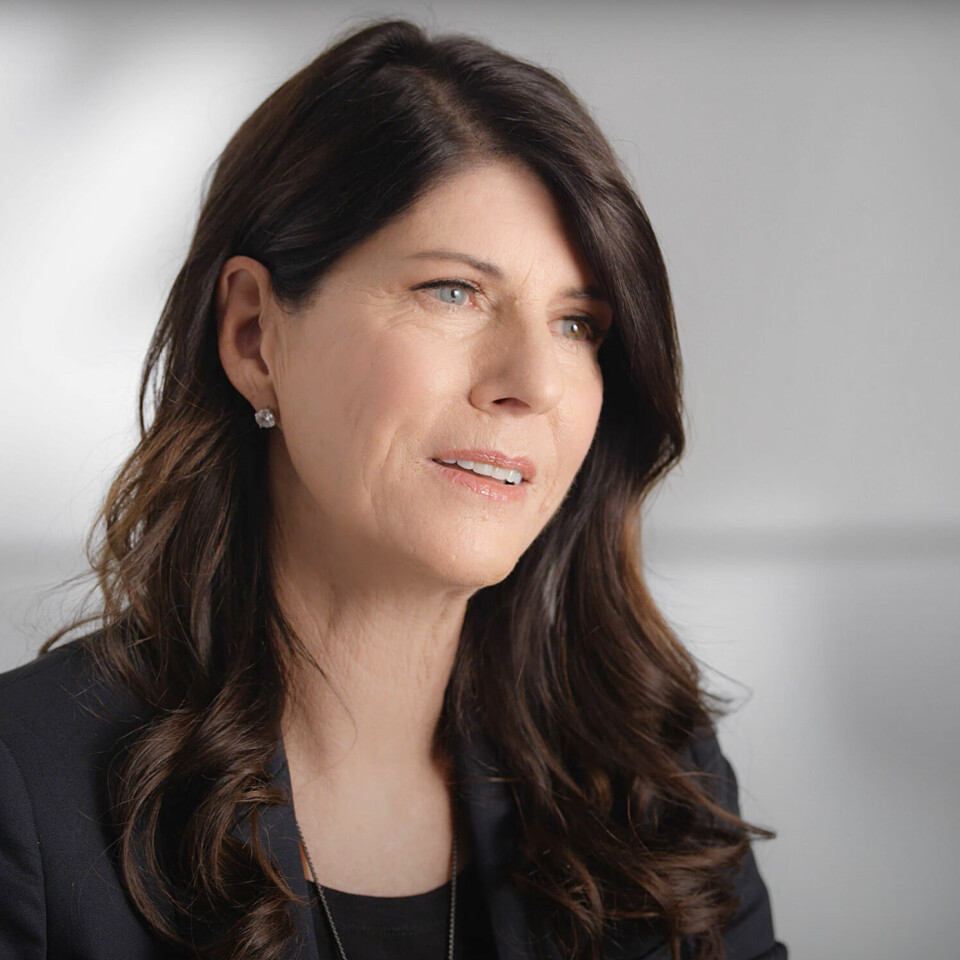
A “beautiful accident” that she describes as winning the lottery eventually led to senior positions at some of the automotive industry’s biggest names, most recently at EV start-up Lucid.
She joined in 2015 thanks to a call from one of her former colleagues – VP of design Derek Jenkins no less – as director of CMF design. Car Design News caught up with Magnusson to discuss her leap of faith into the world of car design and how – despite a soft spot for old Porsches – she ultimately designed her dream car in the Lucid Air.
Car Design News: How did you get started in automotive design? Was this the plan or a happy accident?
Sue Magnusson: Definitely a happy accident. There was no plan to work in the automotive industry, I didn’t know that CMF design was a discipline.
Having grown up in a school system that taught school through audible instruction, it was a very challenging time for me as a young child who saw her world visually and took in information and learned visually. I also wasn’t of the mindset that I could actually attend college, and although both of my parents were highly educated, they weren’t exactly encouraging that I was a candidate for college – they didn’t know what to with this child who often day dreamed, loved art and just wasn’t good at following directions.

After graduating high school, I went to a local junior college and got my AA degree, along with having the first of my two daughters. I knew someday I would want to go to work, and my mom suggested I get my university degree – perhaps in interior design. I loved reimagining spaces and putting things in an order that were visually pleasing, so this was the beginning.
CDN: That got the ball rolling, then. Where did you go from there?
SM: I attended California State University, Northridge, the closest University to where I was living. I traded baby sitting with a neighbor: she watched my daughters while I attended classes, and I watched hers in exchange. I only went part-time, but kept telling myself eventually I would complete the required courses. It took about five years, and at the age of 30 I had what I needed: a piece of paper that told me I could succeed.
I knew I had to work in this world as a CMF designer
My studies on interior design focused on space planning, interior and exterior architecture. What intrigued me most was the ability to create a space, to move the walls to create an environment that was thoughtful. I loved the challenge of reworking a space, enhancing the function, making it work better for the occupants of the space. My interior design career began.
Working for an interior design company with high end clients, you would think this would be my dream job, but I wasn’t enjoying it at all. I decided to move my daughters to a better school district and reconsidered what I was going to do next. Once settled, I found a job for a part time receptionist at a local industrial design firm, called Designworks/USA, now part of the BMW Design Group.
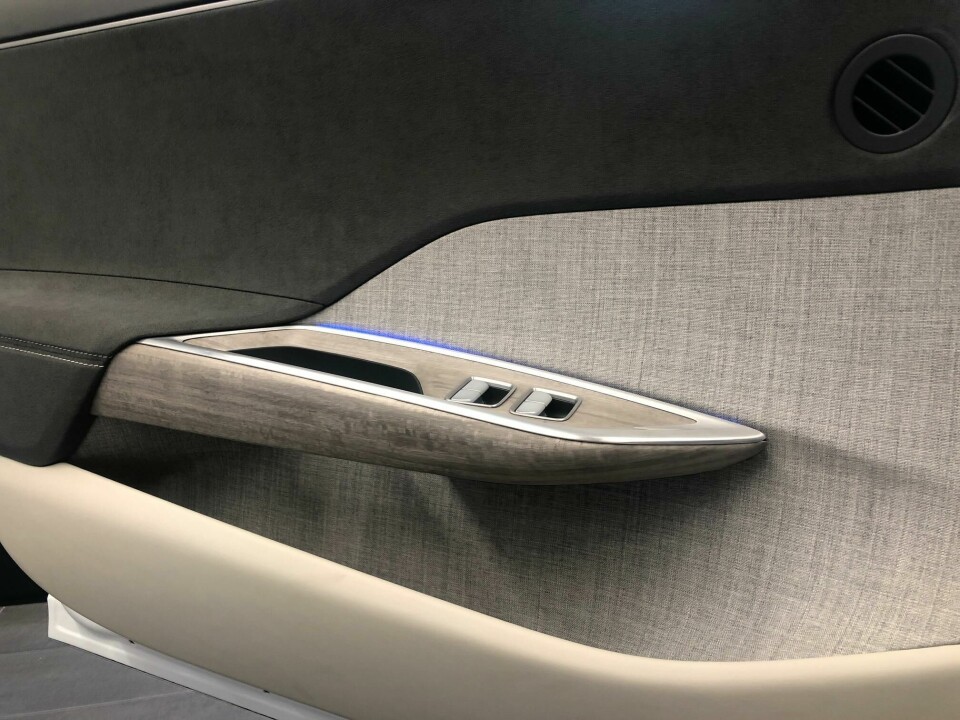
This is where everything changed. I discovered a design discipline called CMF, which I had never even heard of. This was a job that seemed to have all the things I loved together: my love for cars and my love for design.
I was fascinated with cars growing up, I literally could name every make and model on the road! Creating colors, materials and finishes for the interior and exterior opened my eyes to something I had never dreamed of nor thought possible. I knew I had to work in this world as a CMF designer.
I had an opportunity to work for Design Center California… My first project was the new Beetle
After what I would consider a good deal of nudging, Chuck Pelly gave me the opportunity to work as a CMF designer, and this was my first stepping stone, perhaps not yet that big, but I could now say I was working as a CMF designer for a well-known design firm, who was connected with BMW.
CDN: And this is where your career in car design really began to flourish…
SM: Yes. From there I had an opportunity to work for Design Center California, where Volkswagen and Audi were working on a new line of models to re-introduce their brand to the USA market. It was like winning the lottery in terms of finding a career path that was more than I could have imagined. My first project was the new Beetle.
It was an incredible time to be at VW as they were so interested in the American market and reintroducing their brand. I worked on most of the models that came to the US, including the Beetle, Golf, Jetta and Passat, as well as Audi models like the A6, A8 and the TT, not to mention various show cars. It was truly a fantastic time to be working there.
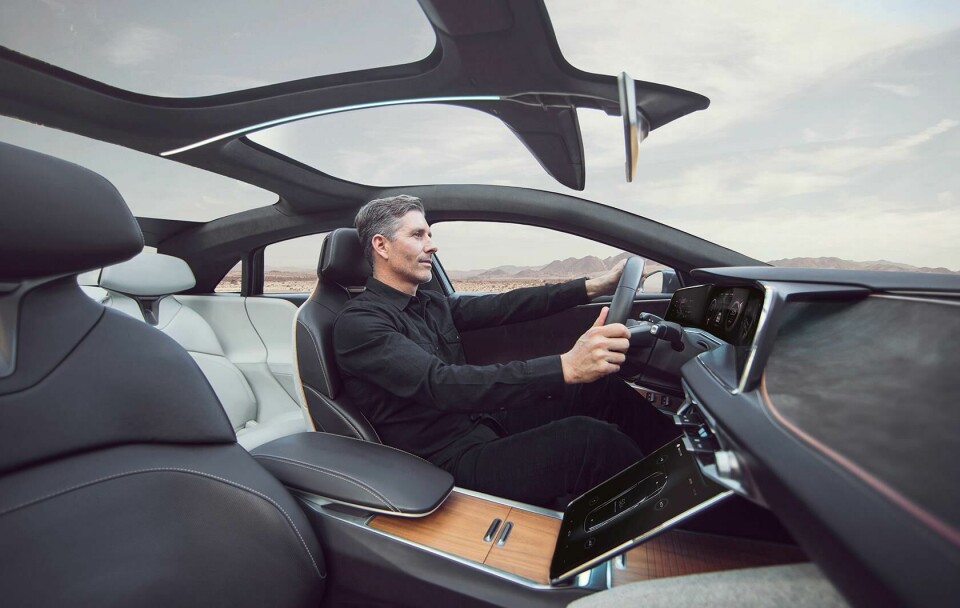
CDN: What led you deeper into the world of CMF?
SM: For a variety of reasons, I decided to explore CMF outside of the automotive industry, and was given an opportunity to work for another well-known and well respected industrial design company. They wanted to bring CMF as a service to their clients. I loved the idea of expanding the CMF discipline and selling it as a valuable service.
It took a lot of educating clients, but I ended up bringing in millions of dollars for this design company. It dawned on me that I might be able to do this on my own. I was working with someone who had added meaningful market content to the design and we became partners in o2studio. We wanted to bridge the gap between marketing and design, and most importantly focus on CMF design.
With a team, you have the advantage of multiple insights to help navigate better solutions
Our clients were mostly consumer electronics OEMs with an occasional automotive client. In the first year, we landed Microsoft’s X-Box, and then eventually landing Dell Laptop computers, Samsung Mobile phones, and so many others. We also built CMF libraries, and the Art Center College of Design is one that I’m most proud of.
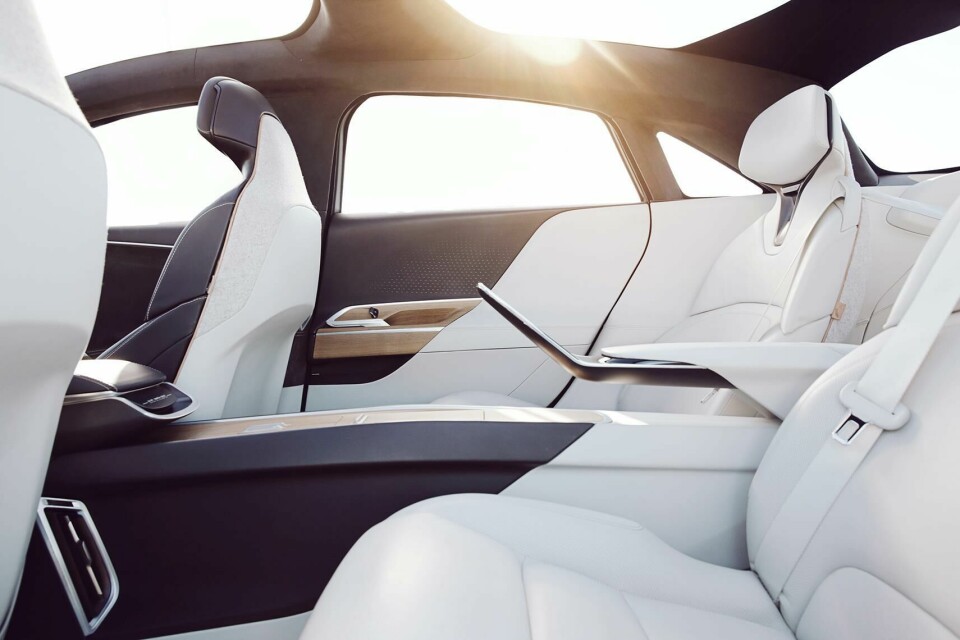
CDN: What was the day-to-day role like and how did this evolve?
It was an amazing time in my career to help companies understand the value of CMF and help them grow their own internal teams. o2studio evolved over the years, my partner moved on to the world of academia, and I started taking on projects that would allow me to collaborate more deeply with internal industrial design teams.
I got a call from Derek Jenkins asking me if I would be interested in a new EV company. That company evolved to become Lucid Motors
One of those clients was with Bell Sports working on new helmet technologies. Working with their team, I realised that I was missing this deeper, more connected collaboration. Working with a team, I believe you have an advantage of working out ideas where multiple insights help navigate better solutions. Working with the Bell team was fantastic, and I realised I wanted a more permanent collaborative work situation.
CDN: Which would tee up your move to Lucid…
In late 2015, I got a call from Derek Jenkins, asking me if I would be interested in a new EV company. Derek and I have known each other since our days at the VW/Audi studio and had great alignment. Based on what Derek was telling me about this little company called Atieva, I thought that if I didn’t at least give this a shot, I might regret it.
He proposed that I head up the CMF group. I was scared to go back into the industry that I had been away from for so long, but having run my own company and worked for so many clients, I could pull from all that experience which gave me some confidence.
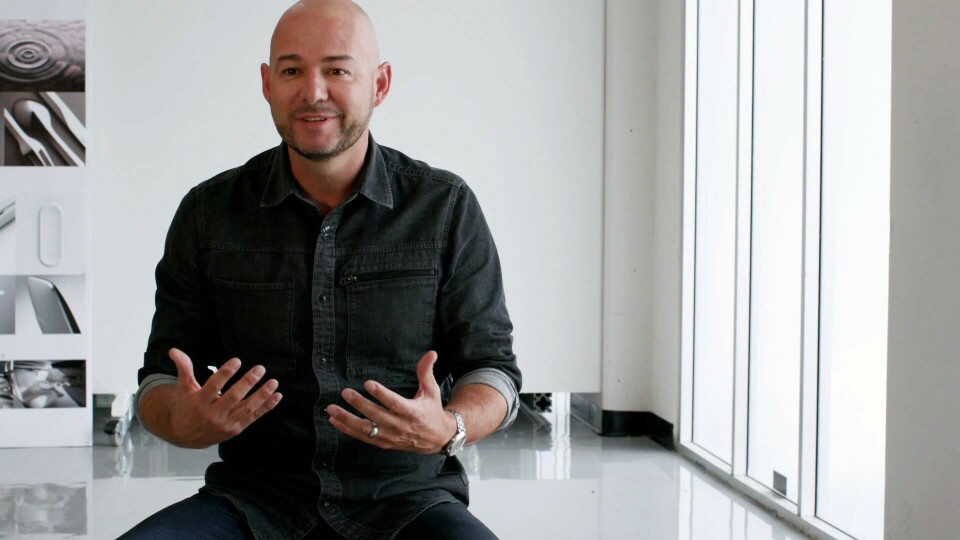
The real decision came after I met with some of the people that I would be working with – the talent was incredible, and I knew they could teach me a lot. That company evolved to become Lucid Motors. It turned out to be a gift like no other; who gets to build a car from the ground up? Who gets to build a new car brand? Who gets to have a voice in all things design, from the retail space, to the events, to the design of the car, the design of the studio? Very few.
With Derek Jenkins’ trust in me and the amazing colleagues I have collaborated with, it was more than the creative child who struggled in school could ever have imagined.
CDN: An incredible journey. We talk a lot these days about how interior design has become far more respected – how was CMF viewed back then?
SM: CMF was known as Color and Trim in the automotive industry – the shift in this discipline started to emerge when a series of products were introduced around 1998. These companies were promoting the “colors” as a way of marketing the product. Apple introduced the iMac G3, a brightly coloured translucent personal computer; the New Beetle came out in bright optimistic colors with a flower vase; Nokia introduced the customisable removable face plate.
These companies were at the forefront of marketing colour. The idea that CMF sells products became a new topic within organisations, It was a way to personalise and a way to keep their products relevant.
We have evolved by leaps and bounds… CMF is now often the driver of design
A lot of the work that o2studio did in the early days was to educate clients on the value of CMF, getting them to agree that it was a good investment. We developed colours that were appropriate for their product and their brand. Not everyone can wear yellow, and nor can every car or product. Customising a colour palette for our clients and creating the ‘why’ behind these colours helped them sell to their stakeholders – and of course the real results were seeing the success in the marketplace.
CDN: What’s changed since then?
SM: Clearly we have evolved by leaps and bounds and CMF is now often the driver of design. CMF is so much more than creating the right colours, materials and finishes. We design with meaningful content. We want to understand who we are designing for, how can we make their lives better, how can the materials enhance the functionality of the product, how the materials make someone feel, what are the best sustainable materials, what the emotive qualities we want to evoke are.
We are no longer willing to be on the back end of the product after it’s been designed
We work with lighting designers to create the colours and ambiance; we work with the UX/UI team to harmonise with the CMF; we work with the engineers to make sure the materials will work with the tolerances, the forms and meet testing and specification requirements. We push suppliers to develop sustainable manufacturing processes and we push for quality, craftsmanship and comfort.
Most importantly, we work upfront at the beginning, we are no longer willing to be on the back end of the product after it’s been designed. We work with a team of people with a myriad of expertise, consulting and collaborating, it’s a wonderful partnership. CMF has come a long way.
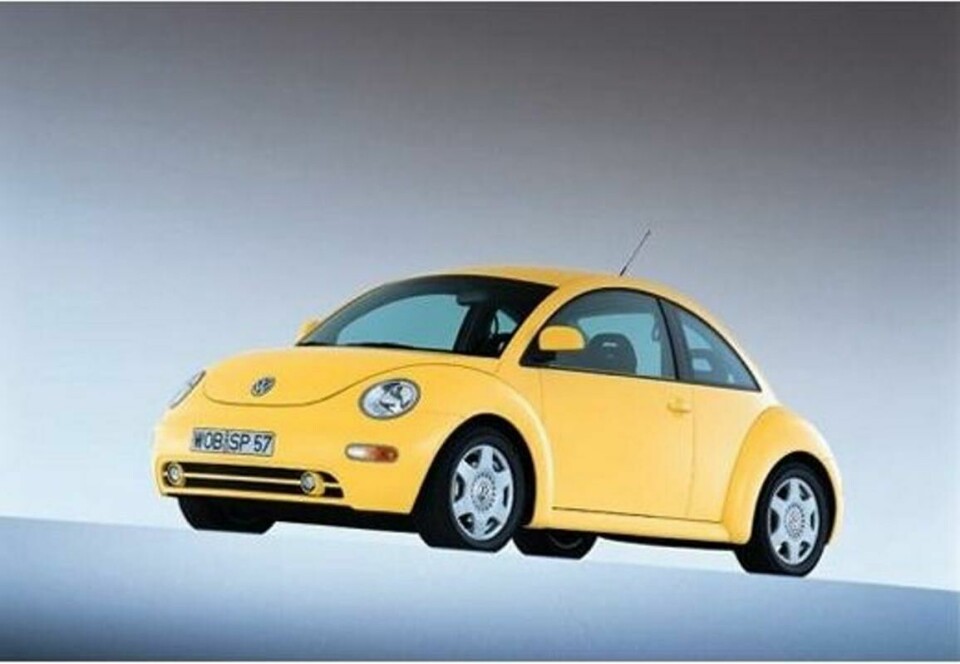
CDN: What are some of your best memories of the early years of your career?
SM: There have definitely been some fun times. Landing the job with VW/Audi, for example; the morning I got the call and was offered the job, I felt like I had won the lottery – I’ll never forget that day. At DCC, watching the guys with all their motorised toys in the back lot – it seems they attached a motor to just about anything – and we did a lot of laughing.
Being part of the New Beetle launch, and taking my daughter to prom in one. Driving in an Audi on the Laguna Seca track with a pro driver and going down the corkscrew (better than any amusement park ride!) and taking the job at Hauser design and realising that selling CMF as a service was a viable business. Starting my own company o2studio, of course, getting our first big project with Microsoft Xbox in our first year in business. We were off and flying!






